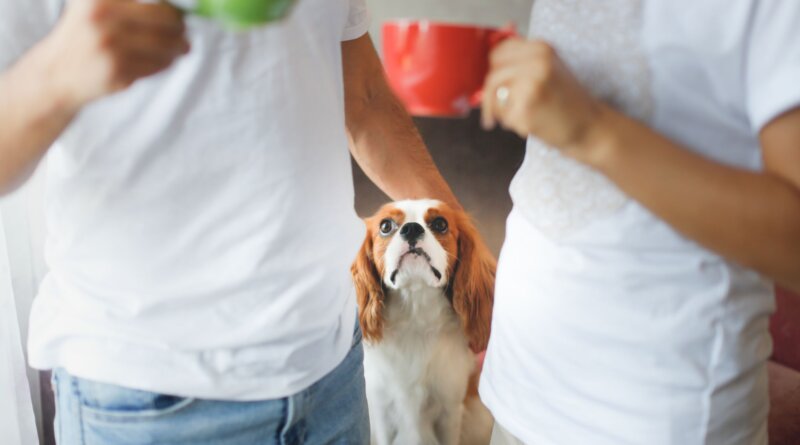Jealously Aggression – Whole Dog Journal
Just a couple decades ago, behavior scientists refused to acknowledge that dogs (and other animals) experienced emotions like ours. You’d be ridiculed if you tried to say that a dog was “jealous.” Now that we recognize dogs as sentient beings with a range of emotions very closely mirroring ours, we accept that dogs can, indeed, feel jealousy.
Jealousy refers to the thoughts or feelings of insecurity, fear, and concern over threats to position, privilege, or relationship. Behavior scientists have named many types of aggression in dogs, and some definitions conflate “possession aggression” with jealousy. I suggest that while a dog may be jealous when another dog has something that he would like to have, actual possession aggression is a different behavior. With our dogs, jealousy usually relates to competition over access to our attention or proximity to us, or our interactions with someone else. The “someone else” subject of your dog’s jealousy might be another dog, another human, or even another individual of a different species.
Jealous Behaviors
Behaviors you might see that suggest your dog is feeling jealous include:
- Moving between you and an approaching offender to block their approach
- Increasing attention toward you when someone approaches; being clingy or pushy
- Attempting to intervene when you are interacting with someone else
- Tense body language, growling, snapping and/or showing other aggressive “stay away!” behaviors (sometimes quite intensely) when someone approaches
What to Do With a Jealous Dog
Your job is to convince your dog that having others around makes more good stuff happen for him (counter conditioning). If you’re dealing with dog-dog jealousy, start with a good management plan to avoid triggering the behavior, and then:
- Sit with your dog on leash. Have a second person approach you with the other dog on leash. Ask her to stop her approach when your dog shows any slight sign of concern. Give your dog happy attention and feed him a few treats, then have her move away.
- Repeat until your dog shows happy body language with the other dog stopping at that distance, and then have the second dog come a little closer. Continue giving your dog treats and attention as the dog approaches.
- Gradually bring the other dog closer until you can touch her briefly, then return your attention and treats to your dog.
- Eventually increase the amount of time you are paying attention to both dogs. If your dog appears tense, move the other dog away and slow down with your approaches.
Operant Behaviors
You can also ask your dog to do various operant (deliberate) behaviors to help with management:
- Go to your mat or crate (cheerful, not aversive – ideally have both dogs move away at the same time). See “Mat Training Tips,” for instruction on teaching your dog this useful behavior.
- Find it/Search (toss a treat at your feet for “Find it”, and toss one away from your for “Search.”)
- Touch/Target – to your hand, or to a designated marker on the wall. Here’s how to teach this behavior to your dog.
- Teach him a fun trick that makes him happy (he can’t be worried and happy at the same time).
You can utilize similar procedures for anyone (person, cat, etc.) who elicits jealousy from your dog. Do not punish his guarding behaviors, as that will make him more likely to work hard to keep the attention competitors away. Take it slow and be generous with treats and attention as you work to convince your dog it’s a good thing to have others around you.





